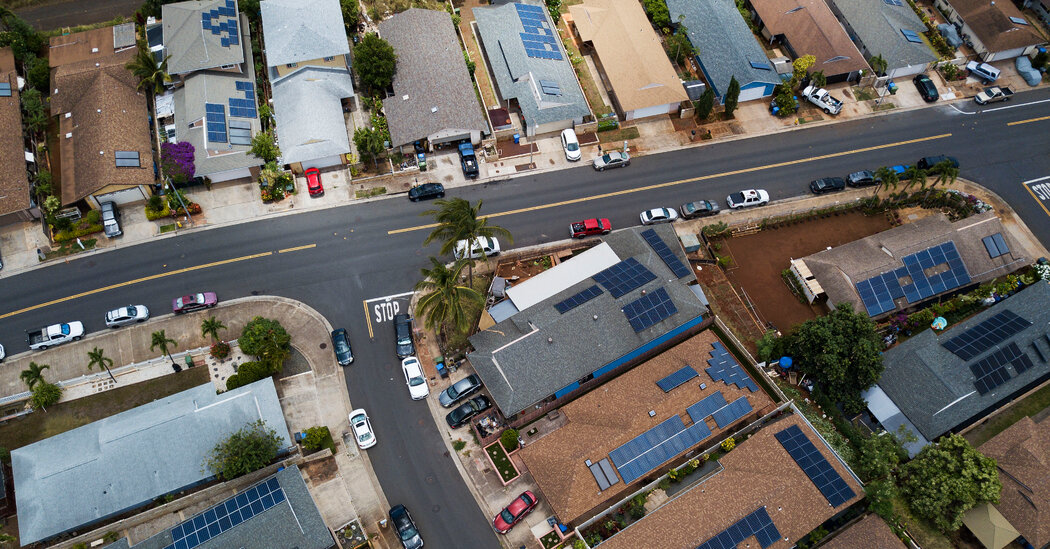
“A big swath of middle-class Americans will be able to get this credit that otherwise would have been blocked out because of the credit limit,” said Joe Britton, executive director of the Zero Emission Transportation Association, whose members include Tesla as well as makers of charging equipment, suppliers of battery materials and other companies tied to the electric vehicle business. “That’s a big deal.”
Read More on the Relations Between Asia and the U.S.
- Countering China: In a bipartisan vote, the Senate passed a $280 billion bill aimed at building up America’s manufacturing and technological edge to counter China. It is the most significant U.S. government intervention in industrial policy in decades.
- Taiwan: The Biden administration has grown increasingly anxious that China might try to move against the self-governing island over the next year and a half — perhaps by trying to close off the Taiwan Strait.
- Trade Policy: The new trade deal announced by President Biden during a trip to Asia is based on two big ideas: containing China and moving away from a focus on markets and tariffs.
For the first time, used cars that are battery powered would qualify for a tax break of up to $4,000. That is important because most people buy secondhand, not new, cars. The average price of a new electric car has risen above $60,000, out of reach for many buyers even factoring in the fuel and maintenance savings those vehicles provide.
Individuals making more than $150,000 a year or couples earning $300,000 or more would not qualify for incentives for new electric cars. The income limits for the used-car incentive are $75,000 for individuals and $150,000 for couples. The credits would not apply to sedans that sell for more than $55,000 and vans, pickups and sport utility vehicles listed at more than $80,000.
“They are trying to drive adoption among middle-class and lower-class buyers, and that’s a good thing,” said Akshay Singh, a partner at accounting and consulting firm PwC who specializes in the auto industry. “That’s where the bulk of the market is.”
The bill, more than 700 pages long, never mentions China. But several provisions appear designed to undermine that country’s hold over the electric vehicle supply chain while making it harder for up-and-coming Chinese carmakers to export cars to the United States.
As it exists, the 200,000-vehicle cap on tax credits would provide a competitive advantage to market newcomers like BYD of China that are expected to use electric vehicles to enter the U.S. market. They could have benefited from the credit while Tesla, the Texas-based company, could not.